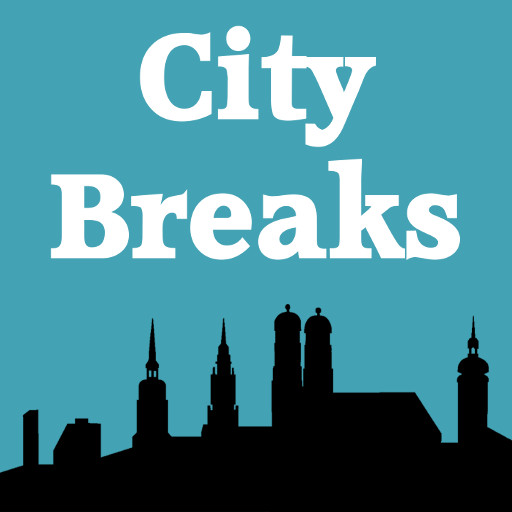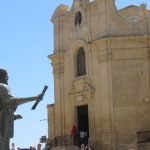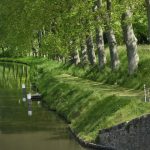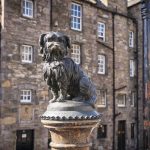Much of the most spectacular art in Seville dates from the ‘Siglo de Oro’, the ‘golden century’ when the city grew rich as the hub of New World exploration. This post begins with two ancient charity buildings where the art is really worth seeing, then continues with short biographies of 3 artists closely connected to Seville: Murillo, Zurbaran and Velazquez. Finally, a visit to the Museo de Bellas Artes (Museum of Fine Arts), the city’s main gallery which specialises in Spanish artists and where the stated aim is to be ‘an essential element in the cultural identity of Seville’.
hospital de la caridad
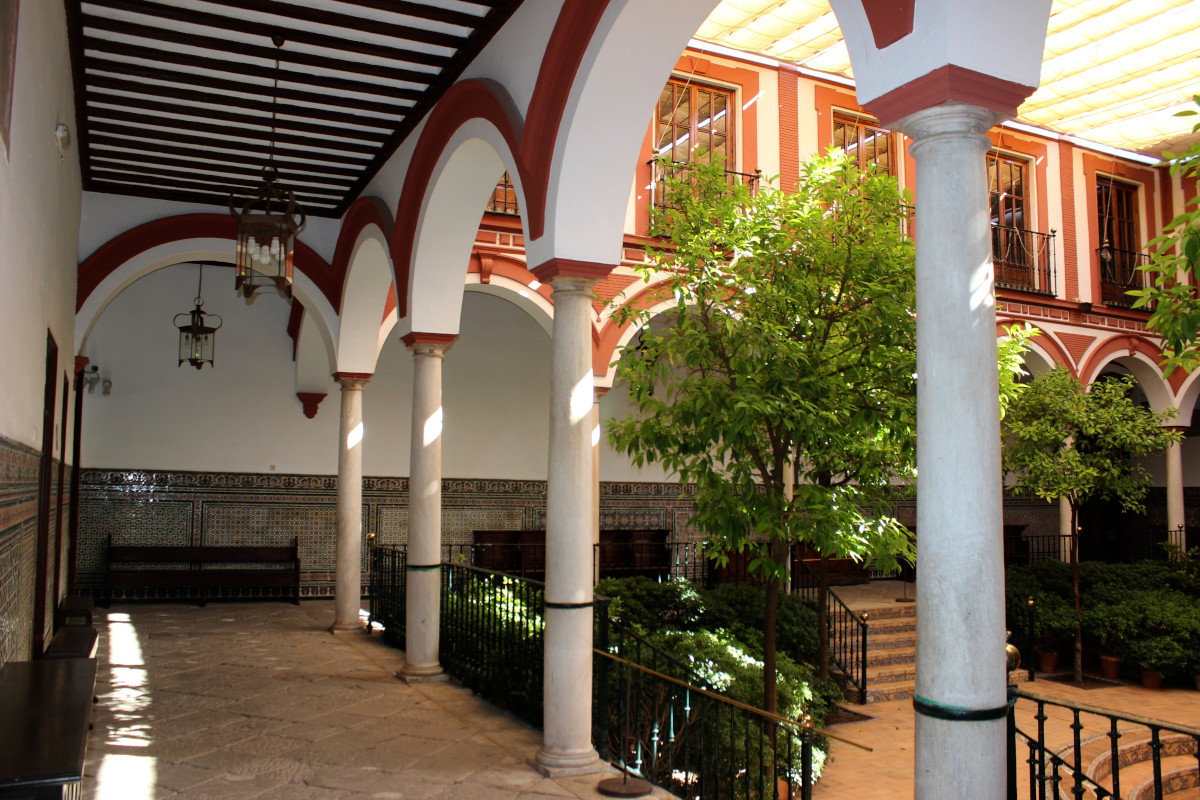
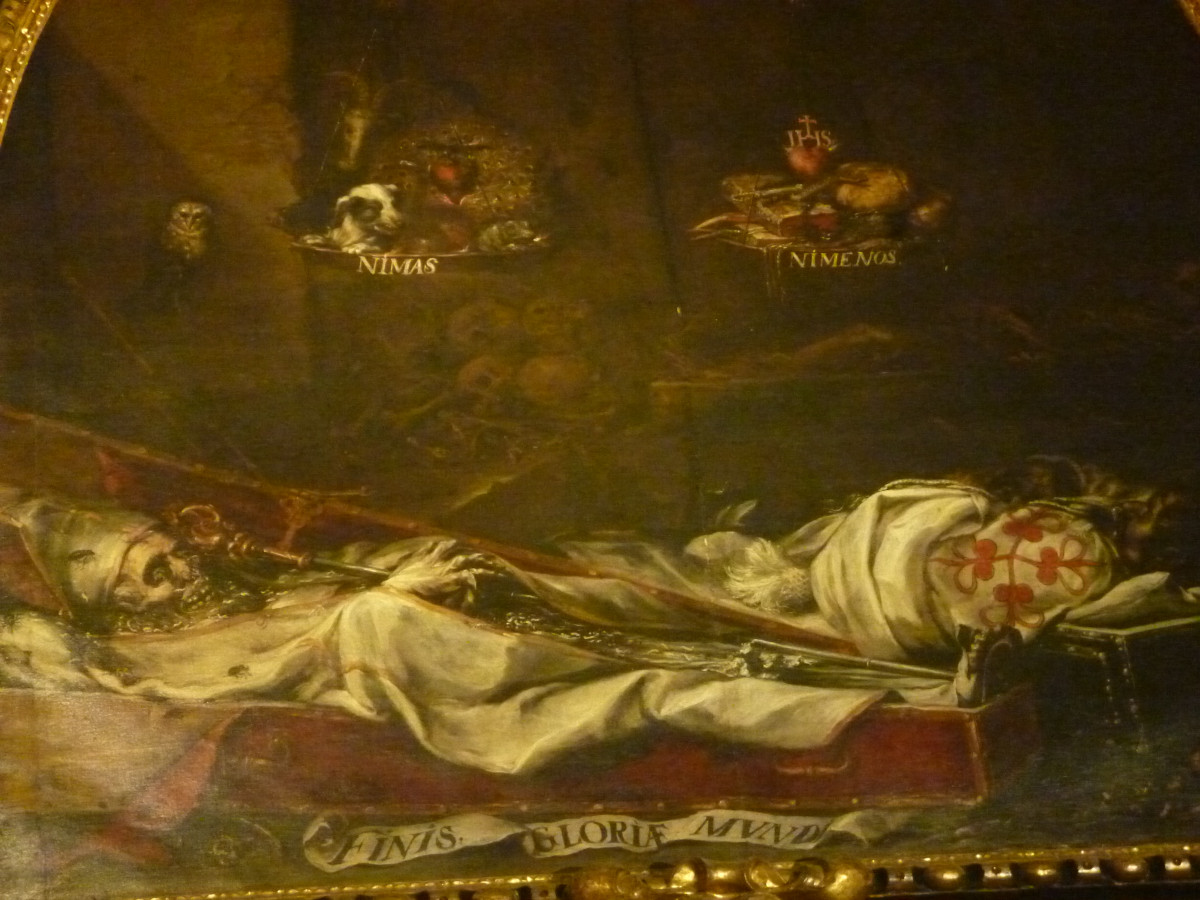
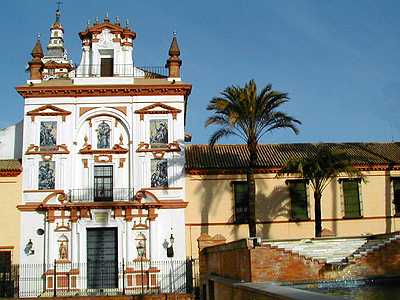
Some great art is hidden in the church of this former hostel for the homeless, built in 1674 by Don Miguel de Menara, whose inspiring story is told on the podcast. (Short version: he led a life of spectacular debauchery until fate and grief drove him to philanthropy.) A lovely courtyard, where fountains and roses are surrounded by beautiful blue, white and ochre tiling, leads through to the church where you can admire the artwork which Don Miguel commissioned. There is a bronze statue of him outside the grounds and his tomb is under the floor at the entrance to the church, where he was buried in 1679, desiring that everyone who entered the building would ‘walk over him’.
The highlight is 11 Murillo paintings with religious themes commissioned by Don Miguel. (4 are copies – Napoleon stole the originals). They include ‘St John of God carrying a Sick Man’ and ‘The Miracle of the Loaves and the Fishes.’ There are also 2 striking paintings by Juan de Valdes Leal, ‘Finis Gloriae Mundi’ depicting the decomposing body of a bishop being devoured by worms and ‘In Ictu Oculi’ depicting a skeleton looking over the scattered possessions of a wealthy man who has, one assumes, just died. His wealth – fine books, cloths and gold – will be no good to him now, is the message. These works were painted around 1649, a plague year when nearly half of Seville’s population died.
hospital de los venerabeles
This magnificent baroque building, originally built as a home for retired clerics, is now a gallery. Artistic highlights inside include portraits by Velazquez (of Santa Rufina) and by Murillo (of Santa Catalina). Juan de Valedes Leal’s ‘Triumph of the Cross’ is here too, and also a frieze by his son, Lucas Valdes, called ‘The Apotheosis of Saint Ferdinand’ where the dedication in Greek recalls the building’s original use: ‘Fear God and Honour the Priest.’
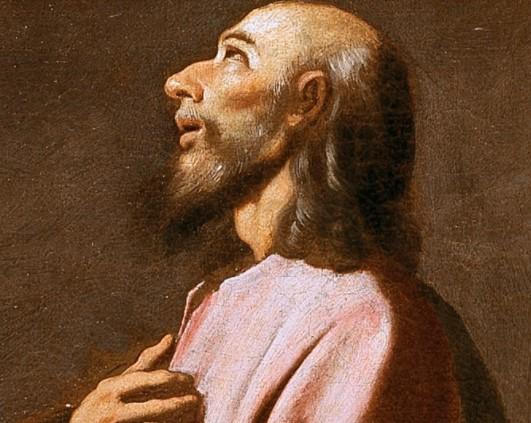


zurburAN
Francesco de Zurburan (1598-1664) had a workshop in 17th century Seville and painted many works for local churches and monasteries. His painting The Virgin of the Caves depicts the legend about a group of potters from Triana seeing a vision of the Virgin Mary, after which a Franciscan monastery was built on that spot. It shows 2 angels holding out Mary’s blue cloak to protect a group of white-robed friars who kneel at her feet and look up in adoration. There’s also a picture of the monks of the San Hugo monastery on the day they renounced meat. Both these works were painted for the Carthusian Monastery in Triana, but were eventually moved to Seville’s Museum of Fine Arts.
MURILLO
Bartolomé Esteban Murillo (1617-82) grew up in Seville, where he was known both for his religious paintings and for his depictions of ‘street urchins’. He was one of the first artists to use children as his subject and his portrayals of ragged children who nevertheless retained a rough-and-ready lust for life were said to draw inspiration from his own childhood as an orphan in the streets of Seville. They proved very popular, especially with foreign buyers. So many were sold abroad that few remained in Spain and today they can be found in galleries in Britain, Germany and the US. There are pieces by him at the Caridad and his Vision of St Anthony of Padua hangs in Seville Cathedral.
VELAZQUEZ
Diego Rodrigue de Silva y Velazquez (1599-1660) was born in Seville and began his career there, painting religious works and still lifes of extraordinary realism. Then he moved to Madrid to be a painter at the Royal Court and did royal portraits including Felipe IV. His best-known painting is Las Merinas, now at the Prado Museum in Madrid. It’s an illusion, a painting of himself looking into a mirror in which the royal family is reflected back at us. This highly unusual take was much admired, especially by other painters, and gained Velazquez the name of ‘the artist’s artist.’ Picasso was such a fan of this work that he made over 50 attempts to recreate it in abstract form.
SEVILLE’S MUSEUM of fine arts
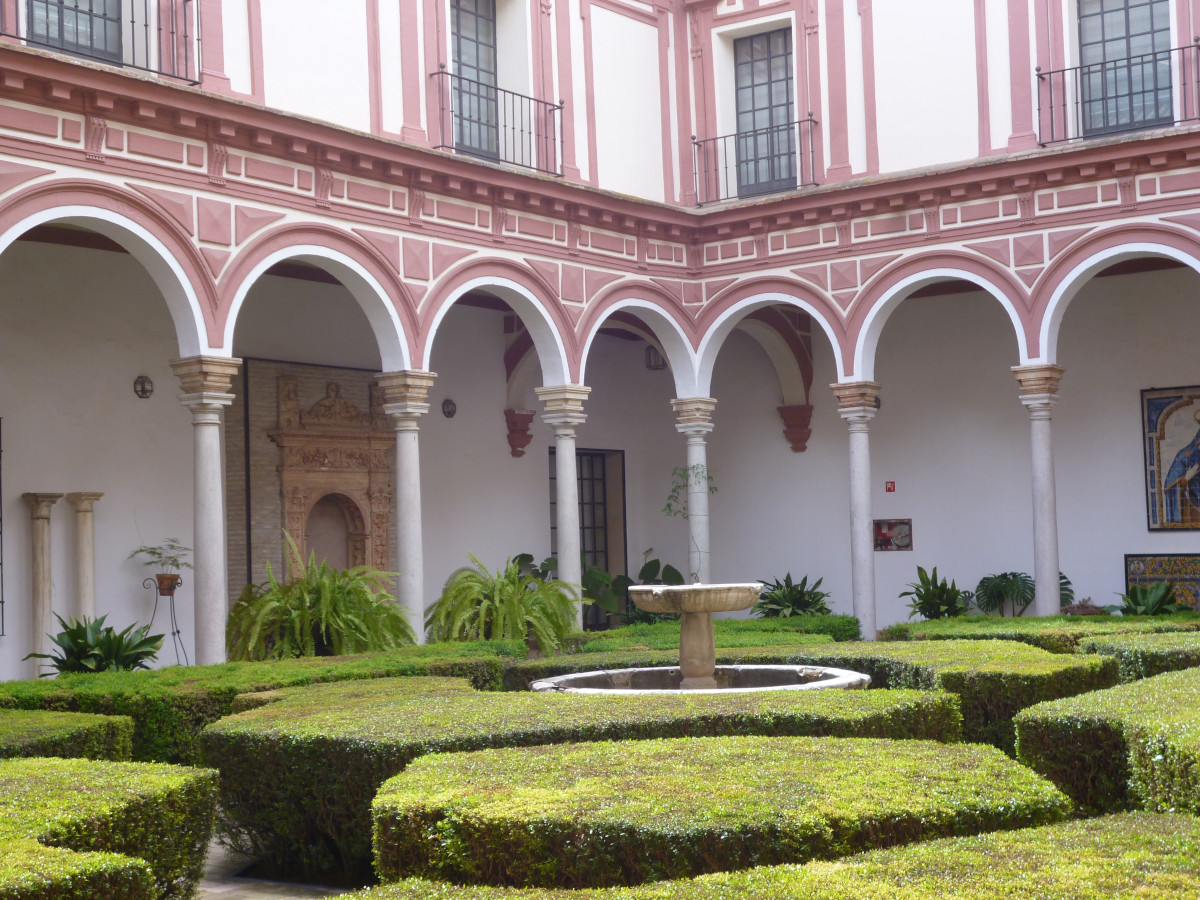

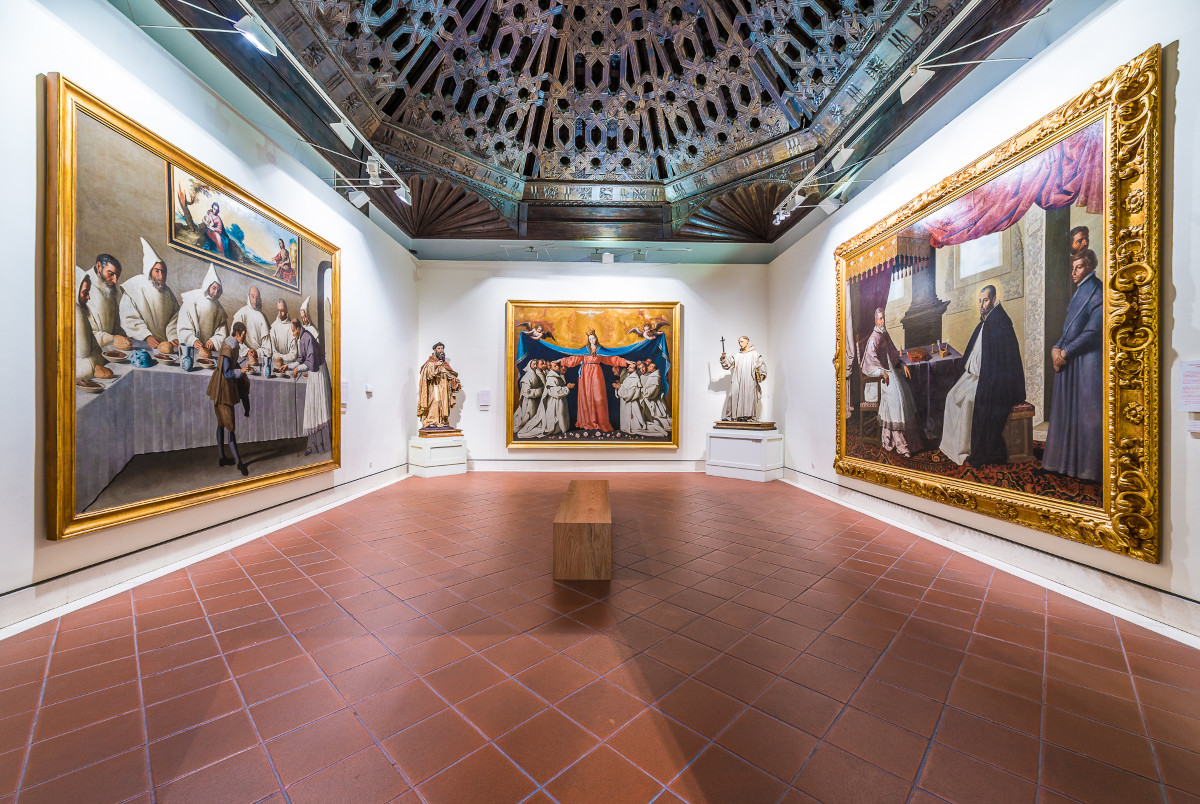
Seville’s Museum of Fine Arts (Museo de Bellas Artes ) has a statue of Murillo outside. It was built in the 19th century by remodelling a former convent, La Merced around three of the original courtyards, and the convent’s staircase. There are 14 rooms, which cover Spanish art history chronologically, from medieval and church art through baroque, romanticism and realism to the 20th century. Important works from the 17th century heyday include Zurbaran’s Christ Crucified and a number of Murillo works: a painting of Santa Justa and Santa Rufina, and a number of his Virgin Marys, the Virgin of the Immaculate Conception, Virgin with Child and the Virgin of the Serviette, painted – yes really – on a napkin.
In the 19th century section, there are lots of paintings by less well-known artists which illustrate local culture. There are images of flamenco and bullfighting, scenes from various festivals, pictures of the cathedral, Triana and other sights of the city. Perhaps most striking is Gonzalo Bilbao’s Las Cigarreras, a giant canvas painted in 1915 of the crowded factory floor at Seville’s Tobacco Factory. It was so popular with the girls it portrayed that when it returned from an exhibition in Madrid the ‘cigarras’ (tobacco girls) went to the station to meet it off the train and brought it back in a horse-drawn procession. This is not a huge gallery, but it’s an excellent introduction to Spanish, especially Sevillian, art.
Listen to the POdcast
Reading SUGGESTION
Velazquez by Norbert Wolf
LINKS FOR THIS POST
Previous Episode Seville’s Flamenco Tradition
Next Episode Gastronomia in Seville
Last Updated on March 12, 2025 by Marian Jones
